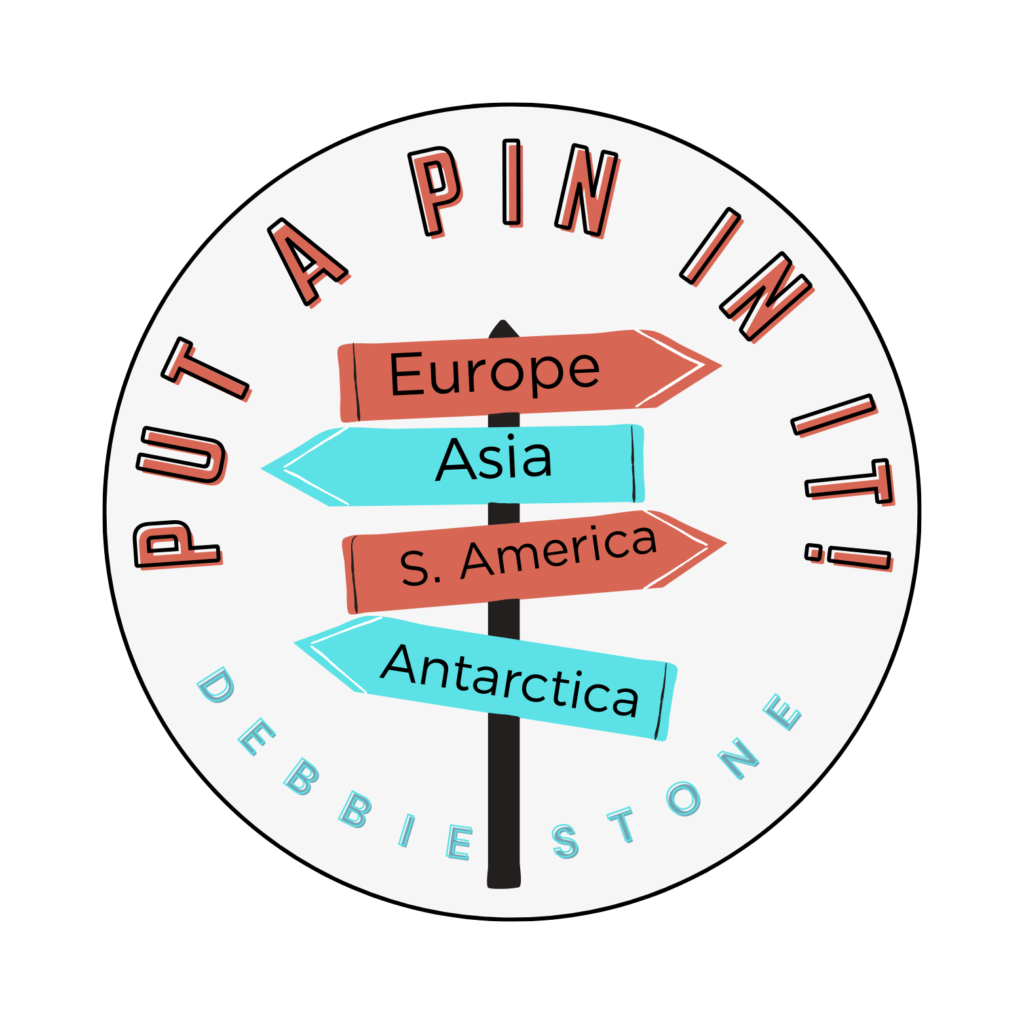By Mike Gasparovic
When Herman Melville called Lima “the strangest, saddest city thou can’st see,” he was definitely on to something.
There’s the fog, for starters. In winter, the sun seems to abandon the Peruvian capital, leaving it prey to funereal mists that rise from the sea and drape the coastline in cloud. The day, too, never properly dawns here: gray daylight shades into murky half-light and imperceptibly into gloom. Then, at nightfall, there’s the drizzle: cold and insistent, it slicks the streets, streaking with wet the baroque churches and somber colonial mansions where the past continues to lurk, unquiet still after five centuries of history.
In other words, it’s a city perfect for ghosts—and tours for those hoping to see them.
Such tours have become increasingly popular in recent years, as more and more tourists and Peruvians both have felt the strange attraction of Lima’s nocturnal side. The best of these airings offer portals into the city’s past, tinged with just the right shade of the macabre.
Here are two nighttime jaunts to make your flesh creep. Make sure to test the batteries in your flashlight.
Cementerio Presbítero Matías Maestro
Jirón Ancash 1611 (Barrios Altos)
328-0241
Presbítero Maestro has many inhabitants, and they have a lot to tell. One of the most famous is Ricardo Espiell—“el niño Ricardito,” as limeños call him.
Ricardito, the story goes, was the son of the secretary to Peruvian President Manuel Pardo. In 1893, he died of a “pernicious disease,” perhaps malaria. His parents were devastated, and wept disconsolately when they laid their six-year-old son to rest in the niche they’d prepared in the churchyard.
But Ricardito, it seems, wasn’t ready for his final bedtime just yet. Not long after, the caretakers at the mausoleum began hearing laughter, mischievous and always just out of reach. Stone vases began to tip over, untouched. After dark, a strange “white boy” clad only in a nightshirt was seen through the grillwork on an adjoining avenue. Some say he was trying to board a bus, without paying.
Thus began a cult that continues to grow among limeños today. Around the mischievous boy’s tomb, hundreds of visitors each year leave food, toys, flowers, along with all manner of petitions for health or the well-being of their own children.
Legends like this testify to the strange aura of Presbítero Maestro, South America’s oldest public cemetery. Established under the Viceroyalty in 1808 and later expanded after the liberator José de San Martín issued a decree to combat pestilence, the graveyard was initially unpopular among limeños, who were reluctant to abandon the tradition of burying their dead in underground catacombs. In time, though, the tombs came to house the city’s upper crust, and with them the remains of presidents, writers, Peruvian notables of all stripes.
Today Presbítero Maestro is a major historical destination in Lima, with knowledgeable docents eager to instruct visitors about its growth during the Guano Boom of the 19th century and other arcana. “This is not a ghost tour per se,” runs the disclaimer. But however scholarly the guides, the cemetery’s ghoulish reputation always comes up, and before long the talk turns to fetches that walk the mausoleums by night, or the modern-day witches and sorcerers that enter in secret to hex their victims (no joke).
Ricardito and his ilk appear to trump dead presidents every time.
Lima’s municipal government offers tours every Thursday, Friday, and Saturday, with buses to the grounds leaving downtown at 7 p.m. sharp. Tickets are 20 soles, but you have to purchase them at the tour office at Jirón
Puno 228 between 8:30 and 4:30, Monday to Friday. The tour lasts approximately 2 hours.
Fortaleza Real Felipe
Plaza Independencia (Callao)
659-0576
The dungeons of the Real Felipe, the great fortress at Callao, are intentionally sadistic. U-shaped and claustrophobically narrow, they forced prisoners to remain standing the whole time they were interned, even when sleeping. They’re reached by a winding labyrinth of excruciating corridors, lit only by the dimmest of lamps. Life expectancy for captives: 60 days.
With installations as Gothic as these, it’s no wonder the Real Felipe has spawned all manner of ghastly legends. Pale women with windswept hair walking the drawbridges in the small hours, horrified soldiers mysteriously committing suicide from the parapets: stories of this ilk abound at the fortress, whose outer walls are the incarnation of blind, brute force. The show Ghost Hunters International even filmed an episode here. (“Definitely haunted,” was the investigators’ verdict.)
Of course, the fortress is a fascinating historical site in its own right. Constructed in the late 18th century to protect Lima from the pirates that had plagued it since the days of Francis Drake, it was the locus of many bloody battles during Peru’s wars for independence, and was only finally captured after desperate Spanish resistance in 1826.
In the end, though, it’s the prison that really attracts visitors, and the guides who give the nocturnal tours here play shamelessly on their charges’ morbid desire to be thrilled. Be prepared to meet some pirates when you go…and perhaps more.
The best way to see the fort at night is with a private company. Time inside typically runs about two and a half hours.
BIO: Mike Gasparovic is a freelance writer, editor, and translator. He devotes his free time to studying the history, art, and literature of the Spanish-speaking world and learning about its people. He currently lives in Lima. He currently lives in Lima and wrote this article on behalf of Aracari Travel, providers of exclusive personalized tours all over Peru.
If you would like to submit a guest post on food, wine or travel to Where and What in the World, I would be happy to feature your travel experience , drink, special wine tasting, or family or simply delicious recipe. If you go to submission tab, you will see how to submit, as well as have the opportunity of telling me if you would like to would like to be a regular contributor. When uploading a file for submission, you are also able to upload jpgs. Please feel free to put a last paragraph about you and a link to your profile. No html please. You can also include a head shot.
















